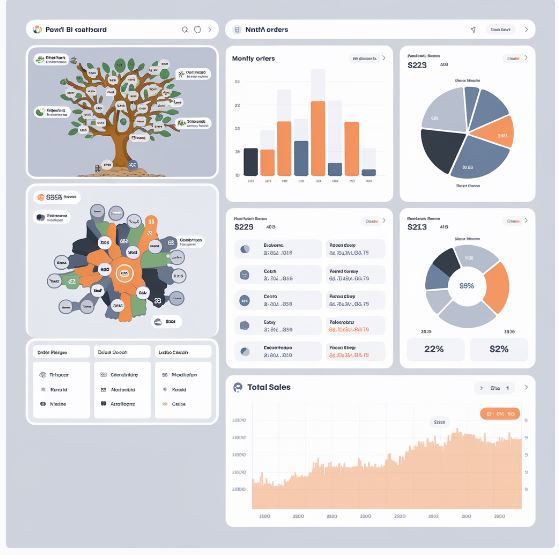Digital Image Processing: Key Techniques and Real-World practical’s
The areas of applications of IP are diverse and cover such fields as clinical, military, astronomy,
microscopy, security, robot vision, agriculture, meteorology, and so on. Image processing entails
improving images, extracting essential information from these images, and obtaining quantitative
information together with helping to diagnosis and displaying the data in more productive ways.
For ourselves, if we ask ‘why do we need automatic image analysis? we could consider the
strengths and weaknesses of human versus computer experts. Humans are imprecise, in
deterministic, expensive, and eventually get tired, causing the output to be unreliable. However,
they usually come with a large amount of knowledge and the capability of learning. While on the
other hand, computers have little knowledge and are not very clever, but they are precise,
deterministic, cheap, and they never get tired.
Scalar images are images in which the representation of each pixel corresponds to a single
number, and so the image will represent a simple 2-D matrix. On the other hand when simple
images are represented in general, each pixel is actually a vector displaying a direction, so the
matrix representation is basically built of sub vectors of those values. An example of a complex
vector image is an image describing the 4-D of an MRI blood flow.
One might ask himself what is an image? A formal definition [2] could be that an image is a two dimensional rectilinear array of pixels (picture elements)
Fundamental Steps in Digital Image Processing:
Basically, digital image processing is a series of fundamental steps, falling into one of the two
broad categories: those methods that produce images as output and those that extract attributes
from images. The following is an explanation with the essential steps involved in digital image
processing.
Image Acquisition
Definition: This is the step which brings the image into the system. It may be as simple as just
taking an already existing digitized image.
Details: Preprocessing, usually scaling, can also be performed at this stage to render the image in
the proper format for analysis.
Image Enhancement
Definition: Image enhancement is specifically concerned with enhancing the quality of a human
visual appearance.
Details: This step tries to bring out obscured details or highlight features of interest. The process
is inherently very subjective and depends on human preferences.
Image Restoration
Definition: It is used mainly to derive the quality of the image based on mathematical or
probabilistic models. Details: The process of restoration is quite the opposite of the process of
enhancement. It typically reconstructs the image as close as possible to its true form. 4. Color
Image Processing Definition: It is the processing of digital images that are colored.
Details: It is all about discovering and utilizing the different color models in enriching and
analyzing the images. Color image processing becomes very vital since there exist massive
amounts of digital images over the internet.
Wavelets and Multiresolution Processing
Definition: These are techniques employed in representing images captured in different levels of
resolution.
Details: That constitutes the center of image compression and enhancement by collecting both
spatial and frequency information.
Compression
Definition: Compression techniques reduce the amount of storage space required by images or
the bandwidth required during transmission.
Details: Two basic approaches are:
Lossless Compression: It reduces the file size with no loss of information about the image.
Lossy Compression: It does reduce the file size, but at the cost of losing some of the information
about the image, and hence there will be a loss in quality.
Morphological Processing
Definition: This step produces an image component from which the form and boundary of
objects can be inferred.
Details: Morphologic processing is essential in applications like automatic inspection, which
requires knowledge about the structure of objects.
Representation and Description
Definition: This step translates raw pixel data into a form that the computer can process.
Details: Depending on the outcome of segmentation, data may be the boundary of an image or
points from a region that may be analyzed and described further. The points from a region could
be analyzed and described further.







